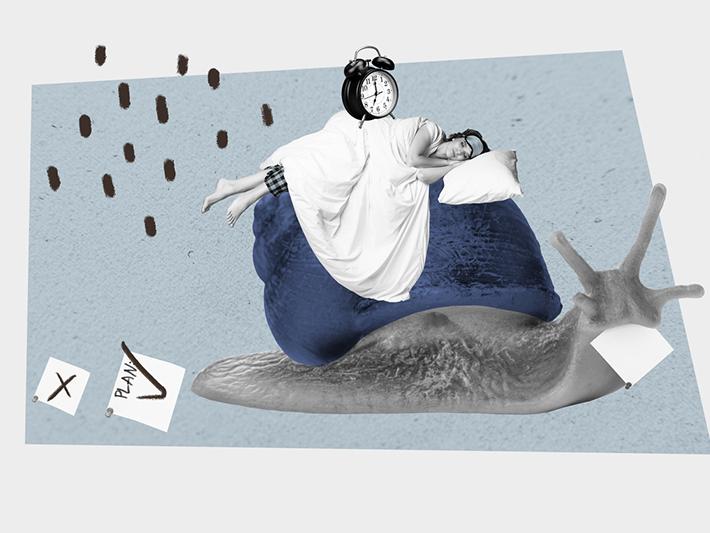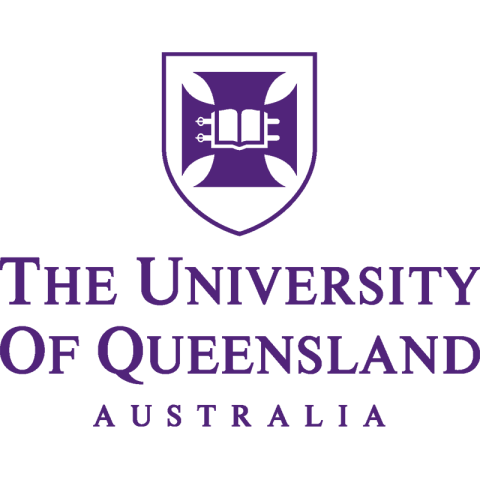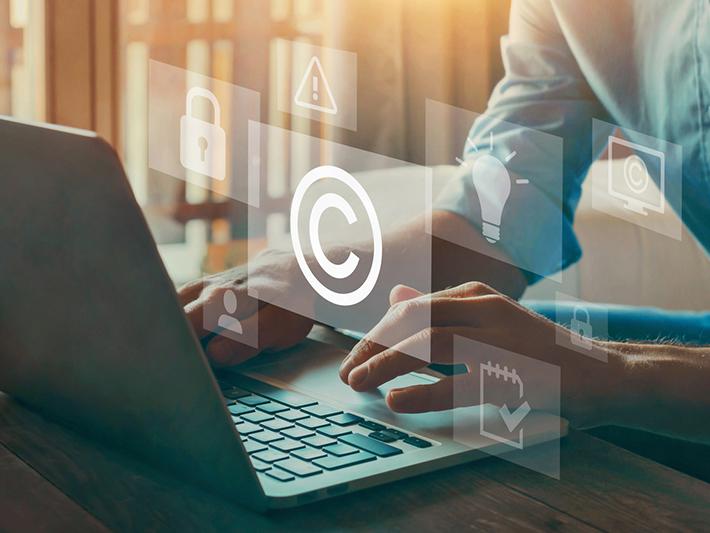
What happened to creativity in the classroom?
You may also like
In one of our recent mid-size courses, 150 students submitted the same four ideas for a creative proposal assessment. The precise wording of each submission differed, but the ideas were remarkably similar. What was even more troubling, though, was that the ideas didn’t follow clearly from the course content.
Then we asked a selection of generative AI (GenAI) systems to complete the assessment, and we understood where the students’ four ideas had come from.
There may not have been any plagiarism in this instance, and perhaps the students thought that what they were proposing was genuinely creative because they were working independently. Considered together, though, it was clear that these four ideas were neither creative nor original; these ideas were the products of prompts.
- Spotlight guide: Critical thinking in teaching and research
- Creativity is buffering: why curiosity struggles in a world obsessed with certainty
- Campus webinar: The art of bringing creativity and fun into the classroom
We cannot tell if or how much our students have used AI to help them complete their work. But there can be little doubt that the accidental use of the same prompts is a threat to students’ creativity. As AI becomes more pervasive, we must consider what it means to be a creative, original thinker in education contexts. Can AI be creative itself? How can it help us be more creative?
What is creativity?
In her 1998 article “Creativity and artificial intelligence”, cognitive scientist Margaret Boden defined a creative idea as one that is “novel, surprising, and valuable (interesting, useful, beautiful...)”. For Boden, who was a pioneer in cognitive science and AI, “novelty” might have been for the individual (for example, a person learns something new) or more generally (a totally new idea has been proposed). She also specified three ways how novelty might come about:
- a fresh combination of familiar ideas
- exploring and tweaking existing ideas
- transforming one or more dimensions of those existing ideas.
GenAI can already do all three of these things. But novelty alone does not make something creative. We must also add social values, perspectives and personal inspiration, the individual spark of imagination. These are the unspoken “valuable” parts of creativity. Whether GenAI is combining, tweaking or transforming ideas, output must be both valuable and values-informed for it to be creative – and this is where the tools fall flat.
GenAI systems contain guard rails that make them courteous, ethical conversational partners. These systems will flag concerning responses and refuse to perform tasks such as giving instructions to make a bomb. These kinds of constraints are generally good for those using GenAI systems in professional contexts, allowing users to create acceptable outputs quickly and easily.
But what if the user is genuinely curious about uncomfortable topics or wants to go against the grain? Creativity doesn’t have to be completely unrestrained (many argue that constraints facilitate creativity), but most GenAI systems discourage users from diverging too far from social norms.
What do we want students to do in the classroom?
Creativity matters in the classroom because it supports the development of our students’ identities. To be authentically themselves, they must own their unique imaginations and perspectives, and creativity fosters both.
If students are to reach “novel, surprising, and valuable” ideas, they must first embrace the unknown. And the unknown can be uncomfortable, messy and abrasive. Plus, teachers can also be uncomfortable with the unknown. But creativity can help us all constructively explore bewilderment together because there’s a symbiotic relationship between creative thinking and critical thinking. A creative thinker considers imaginative possibilities, and the critical thinker discerns and refines them. Our learning activities and assessments must account for how students will use GenAI and how this use will affect their creativity. We want students to view AI as a tool that augments their creative thinking, rather than replaces it.
Here are a few ideas on how to do this, based on Boden’s threefold structure for novelty. The prompts we suggest all use GenAI as a partner for supporting creative process over production efficiency. We see GenAI as a catalyst of inspiration that can help students revel in the creative process rather than merely speeding it up.
1. Fresh combinations of familiar ideas
Suggested prompt: Suggest two random things that don’t seem to have anything to do with [insert topic here].
The goal is to rethink the topic using metaphor or juxtaposition. When we prompted Microsoft’s Copilot to suggest things that were seemingly irrelevant to media studies, for example, it gave us “snail hibernation” and “the physics of knitting”. These kinds of output support wild combinations that allow for new ways of imagining topics – though we still need to alter, adapt and refine these ideas. Our possibilities grow larger as a result of thinking differently about what we think we already know.
2. Explore and tweak ideas
Suggested prompt: Ask me a series of unhinged “what if” questions about [insert topic here].
When released from conventional behaviour or thinking patterns, true novelty can emerge. We prompted OpenAI’s ChatGPT to generate a series of “unhinged” questions about human nature. The response included dark, humorous and thought-provoking questions like: “What if humans had to duel to the death over who gets to keep a memory and forgetting wasn’t decay, but theft?” These possibilities wouldn’t be directly useful for writing an essay, but they could create spaces for us to think more imaginatively and creatively about how we might explain and apply concepts. They could encourage us to more deeply understand the nuances of our topic or evaluate which alternatives are plausible and which are not.
3. Transform one or more dimensions of those ideas
Suggested prompt: Provide five absurd constraints that should not be applied to [insert topic here].
GenAI works via a predictive algorithm; output is generated according to its likelihood of relevance to the input. By providing an absurd response but also a negative “should not” constraint, output shows ideas that would usually be excluded. We used this prompt with Google’s Gemini, asking for constraints related to universal basic income (UBI). Indeed, “mandating that UBI recipients only spend the money on artisanal mustard” should not be applied, but the suggestion got us thinking about whether or not there should be conditions on UBI spending, and what such conditions would be if governments were to implement them. This was a fresh opportunity to examine and transform our own values by using this bizarre context.
Our suggested prompts could be used for in-class activities or assessments. Their use could encourage students to think in new (and often fun) ways with GenAI tools. There’s always the chance that a student will simply ask AI to do their work for them, and admittedly these prompts do little to combat potential issues with self-motivation, but the prompts can still help students to consider bigger and more creative ideas by getting them to focus more on process than product. Those 150 students will hopefully have very different opinions about their identities because of these interactions on snail hibernation and a UBI-driven artisanal mustard industry.
Leah Henrickson is a lecturer in digital media and cultures, and Luke Zaphir is principal learning designer for the Faculty of Humanities, Arts and Social Sciences, both at the University of Queensland.
If you would like advice and insight from academics and university staff delivered direct to your inbox each week, sign up for the Campus newsletter.




